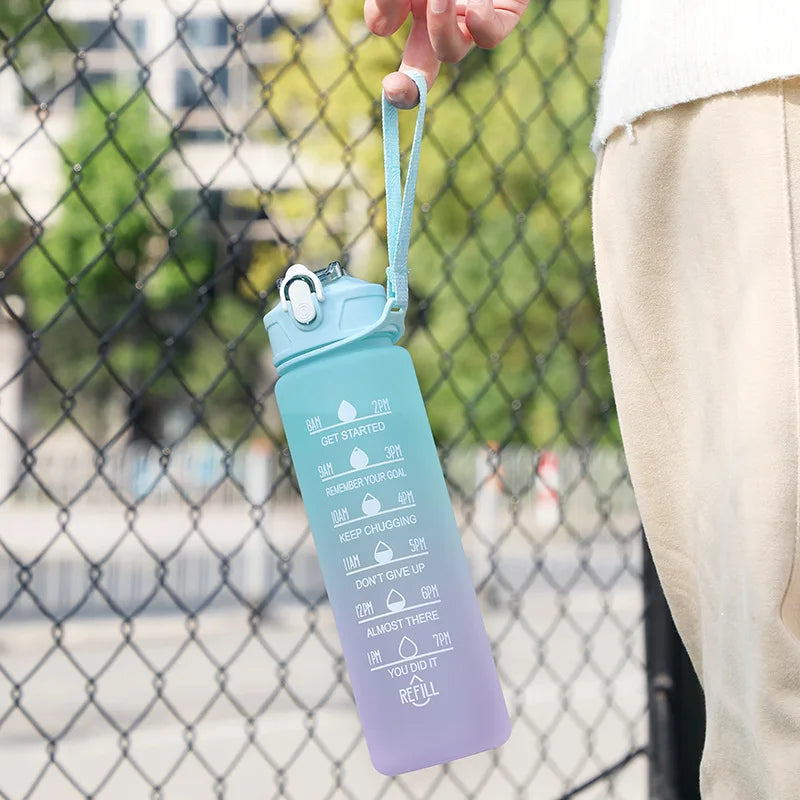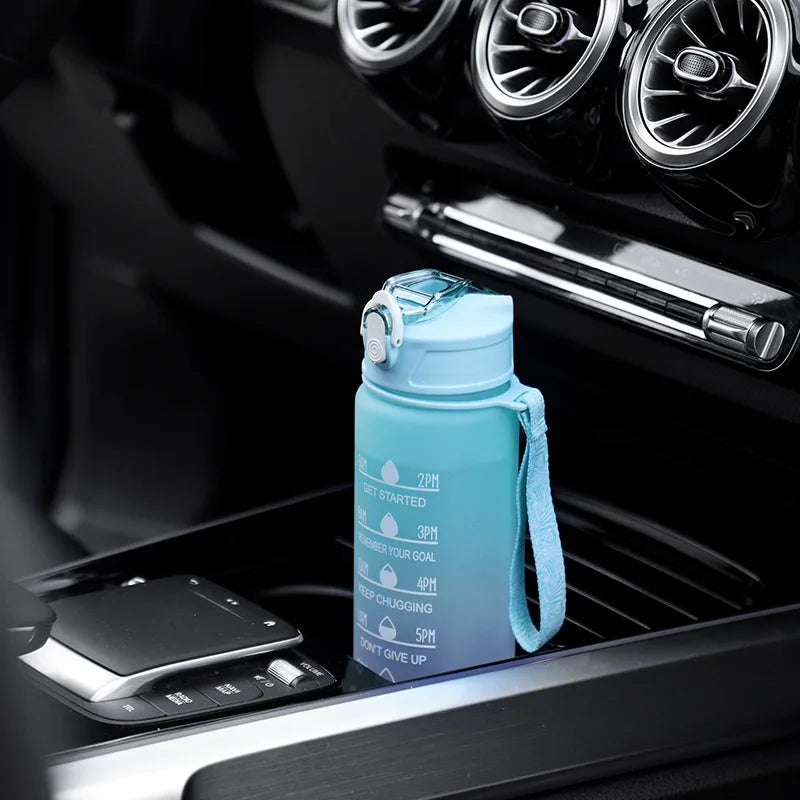

Why Do Surgical Scars Feel Lumpy? Is It Normal?

If you’re recovering from surgery and notice your scar feels raised, bumpy, or lumpy, you’re not alone. Whether it’s a C-section, tummy tuck, breast augmentation, or any other surgical incision, most people experience a stage where their scar feels hard or lumpy under the skin.
And here’s the part most surgeons don’t emphasize: A lumpy scar is usually a normal part of healing. But that doesn’t mean you have to live with it. The right care can help the scar soften and flatten faster, and reduce your chances of long-term visible scarring.
In this blog, we’ll explore why surgical scars become lumpy, how to tell the difference between normal healing and something that requires medical attention, how long it typically takes for this lumpiness to go away, what you can do to improve the appearance of your scar, and what it means if you notice a lump years later.

Is It Normal for Surgical Scars to Feel Lumpy?
Yes - lumpy scars are completely normal during the healing process. After a surgical incision, your body goes into repair mode and begins producing collagen, a strong fibrous protein that helps close and strengthen the wound.
Sometimes, the collagen builds up unevenly or in excess, creating what can feel like a hard bump under the skin, a small knot or “ball” of tissue, or a firm ridge along the incision line. This process is known as scar tissue formation, and it’s a natural part of the healing process.
Why Do Surgical Scars Become Lumpy?
There are three main reasons why scars become lumpy during healing:
1. Collagen Overproduction
After surgery, your body rushes to repair the incision by producing collagen - a strong protein that acts like internal scaffolding for the wound. During the healing phase, especially between week 2 and week 12, collagen production peaks. Sometimes, the body produces more collagen than it actually needs.
When this happens, the collagen fibers build up in uneven layers, making the scar feel raised, hard, or lumpy (1). This is what leads to hypertrophic scars, which appear as firm, thick, or red lines along the incision.
Although they can look concerning, these lumps are typically harmless and gradually smooth out as the body begins the remodeling phase of healing. Over time, collagen fibers reorganize and flatten - which is why the lumpiness often improves on its own.
2. Internal Scar Tissue (Adhesions)
Not all scar tissue forms on the surface - some develops deeper beneath the skin. When tissues under the incision (such as fat layers, muscle, or fascia) are involved, your body may create internal scar tissue, known as adhesions. These adhesions feel like a lump, a tight band, or a knot beneath the scar.
This sensation is especially noticeable during stretching, bending, or moving the affected area. Adhesions are common with surgeries like C-sections, tummy tucks, and breast procedures because multiple layers of tissue are affected.
While this type of lumpiness isn’t visible from the outside, it can cause tightness or restricted movement. Gentle scar massage and early mobility (under medical guidance) often help break up these internal adhesions over time.
3. Fluid Build-Up or Fat Necrosis
Sometimes a lump near the scar isn’t collagen at all - it can be a buildup of fluid or fat tissue that was affected during surgery. A seroma, for example, occurs when clear lymphatic fluid collects under the skin. This creates a soft, squishy lump that may shift or fluctuate in size. Seromas are very common after tummy tucks, liposuction, or C-sections because these surgeries involve tissue disruption and create empty space under the skin.
Another cause is fat necrosis, which happens when small pockets of fat cells lose blood supply during surgery and harden into a firm lump. Fat necrosis is harmless and often resolves on its own, but because it feels like a solid mass, patients often mistake it for scar tissue.
What Does a Normal Lumpy Scar Feel Like?
Here’s what’s normal:
|
Normal Lump Indicators |
Possible Concern |
|
Firm but not painful |
Red, hot, swollen |
|
Slowly softens over months |
Growing larger over time |
|
Same color as the surrounding skin |
Painful to touch |
|
Moves slightly under the skin |
Drains pus or fluid |
How to Get Rid of a Lumpy Scar?
Here are doctor-recommended treatments that help soften and flatten scars effectively:
1. Use Silicone Scar Gel or Silicone Sheets
Silicone is clinically proven to flatten raised or hypertrophic scars, reduce hardness and thickness, improve scar color, and relieve itching or discomfort. Silicone works by creating a protective, hydrated barrier over the scar, signaling the body to slow down collagen overproduction - which is what causes lumpiness.
Silicone gel is ideal for small or curved areas like the face, joints, or breast scars, while silicone sheets or strips work best for longer scars from procedures like C-sections or tummy tucks. If the scar is located on a high-movement area or your skin is sensitive, silicone tape offers flexibility and comfort. For best results, silicone products must be used consistently for at least 8 to 12 weeks.
2. Gentle Scar Massage
Once your doctor confirms the incision has healed and closed, scar massage can significantly help break down excess collagen and soften the lumpy tissue. Massaging increases blood flow to the scar, helping improve elasticity and reducing firm knots or tightness.
Simply apply a scar gel or lotion, then massage the scar area in circular motions using gentle pressure. Doing this for at least 5–10 minutes daily can gradually help smooth and flatten the scar. Many patients notice visible improvement within a few weeks of consistent massage.
3. Use Heat + Movement (for Internal Lumpiness)
If the lump feels deep under the skin rather than on the surface, the cause may be internal scar tissue or adhesions. In this case, gentle heat, such as a warm compress, increases blood circulation and helps relax the tissue, while small, guided movement or stretching exercises help reduce tightness and encourage tissue mobility.
This combination can help soften internal scar tissue over time. However, avoid aggressive stretching or deep tissue work in the early stages of healing - always follow your surgeon’s instructions.
4. Stay on Top of Nutrition
Lumpy scars are caused by excess or uneven collagen production, so giving your body the right nutrients helps regulate and remodel that collagen more efficiently. Certain vitamins, minerals, and natural compounds, such as Vitamin C, zinc, bromelain, and collagen-building amino acids, play a direct role in breaking down excess scar tissue and promoting smoother, more organized collagen formation.
- Vitamin C is essential for controlling collagen synthesis and helps ensure the new collagen fibers form evenly rather than clumping together.
- Zinc supports wound healing and reduces the inflammation that can lead to thicker, raised scars.
- Bromelain, an enzyme found in pineapple, helps reduce swelling and inflammation around surgical sites, which may prevent scar tissue buildup in the first place.
- Collagen-boosting amino acids provide the raw materials your body needs to remodel existing scar tissue and replace it with healthier, more flexible tissue.
Worth Noting: HealFast Surgery Recovery Supplements are formulated with these key nutrients - so you get everything your body needs for smoother scar healing in one formula.
 Visit HealFast now to get more information!
Visit HealFast now to get more information!
Related Articles -
How to Avoid Seroma After Tummy Tuck?
How to Remove Silicone Scar Tape Residue Without Irritating Healing Skin?
How Inflammation Impacts Scar Maturation?
Can You Get a Hard Lump Under a Scar Years Later?
Yes, you can get a hard lump under a scar even years after surgery. Scar tissue continues to change over time, and collagen can thicken or tighten beneath the skin, forming a firm bump long after the incision has healed. This can happen due to delayed scar tissue buildup, internal adhesions (where scar tissue attaches to deeper layers), fat necrosis (hardened fatty tissue from surgery), or a suture granuloma (a reaction to stitches that didn’t fully dissolve).
Most of these lumps are harmless, but if the lump grows, becomes painful, or changes in appearance, it’s best to have it checked by your doctor to rule out issues like a hernia or infection.
Reference:
1. OrthoBethesda. (n.d.). Everything you need to know about surgical scarring. OrthoBethesda. https://www.orthobethesda.com/blog/surgical-scarring/

- One of the most followed doctors online with 3.5+ million followers and 1 billion+ views in 2024 (Instagram, YouTube, TikTok, and Facebook)
- Board Certified Anesthesiologist and Clinical Assistant Professor who frequently teaches medical students, residents, and other physicians in medical school and hospital settings.
- Speaker and medical researcher having published 1 book, 3 book chapters, and over 57 scientific articles. Made over 100 presentations at national and international medical conferences on topics ranging from healthcare innovation, to nutrition, to patient safety.
- Serial entrepreneur having launched several healthcare companies with a track record of innovation within healthcare systems

Myro Figura, M.D.
- One of the most followed doctors online with 3.5+ million followers and 1 billion+ views in 2024 (Instagram, YouTube, TikTok, and Facebook)
- Board Certified Anesthesiologist and Clinical Assistant Professor who frequently teaches medical students, residents, and other physicians in medical school and hospital settings.
- Speaker and medical researcher having published 1 book, 3 book chapters, and over 57 scientific articles. Made over 100 presentations at national and international medical conferences on topics ranging from healthcare innovation, to nutrition, to patient safety.
- Serial entrepreneur having launched several healthcare companies with a track record of innovation within healthcare systems











